The Rear Foot Elevated Split Squat, commonly known as the Bulgarian Split Squat, is a powerful exercise for building leg strength, correcting imbalances, and improving stability. It’s a challenging movement that often feels grueling during execution, but its benefits make it well worth the effort.
A key advantage of this exercise is the ability to shift the focus between your hip and quad muscles simply by altering your foot position. Let’s explore how you can tweak this exercise to target the muscle group you want to emphasize.
Key Takeaways
- Small changes, big impact: Slight adjustments in your foot positioning during rear-foot elevated split squats can shift the focus between your quads, glutes, and hamstrings.
- Fine-tune your workout: Want to hit your quads harder? Or focus on glutes? Adjusting your front foot placement can help you target the exact muscles you want to work.
- Maximize results, minimize strain: Proper foot positioning not only enhances muscle engagement but also reduces stress on your knees and lower back, making the exercise safer and more effective.
Why the Rear Foot Elevated Split Squat?
The Bulgarian Split Squat is a unilateral exercise that helps address muscle imbalances and weaknesses by working each leg independently. In rehab settings, it’s often used to strengthen a weaker side, helping to correct asymmetries that could lead to injury. This versatile and adaptable exercise makes it suitable for all fitness levels.
How Foot Positioning Changes Muscle Activation
Hip-Dominant Rear Foot Elevated Split Squat
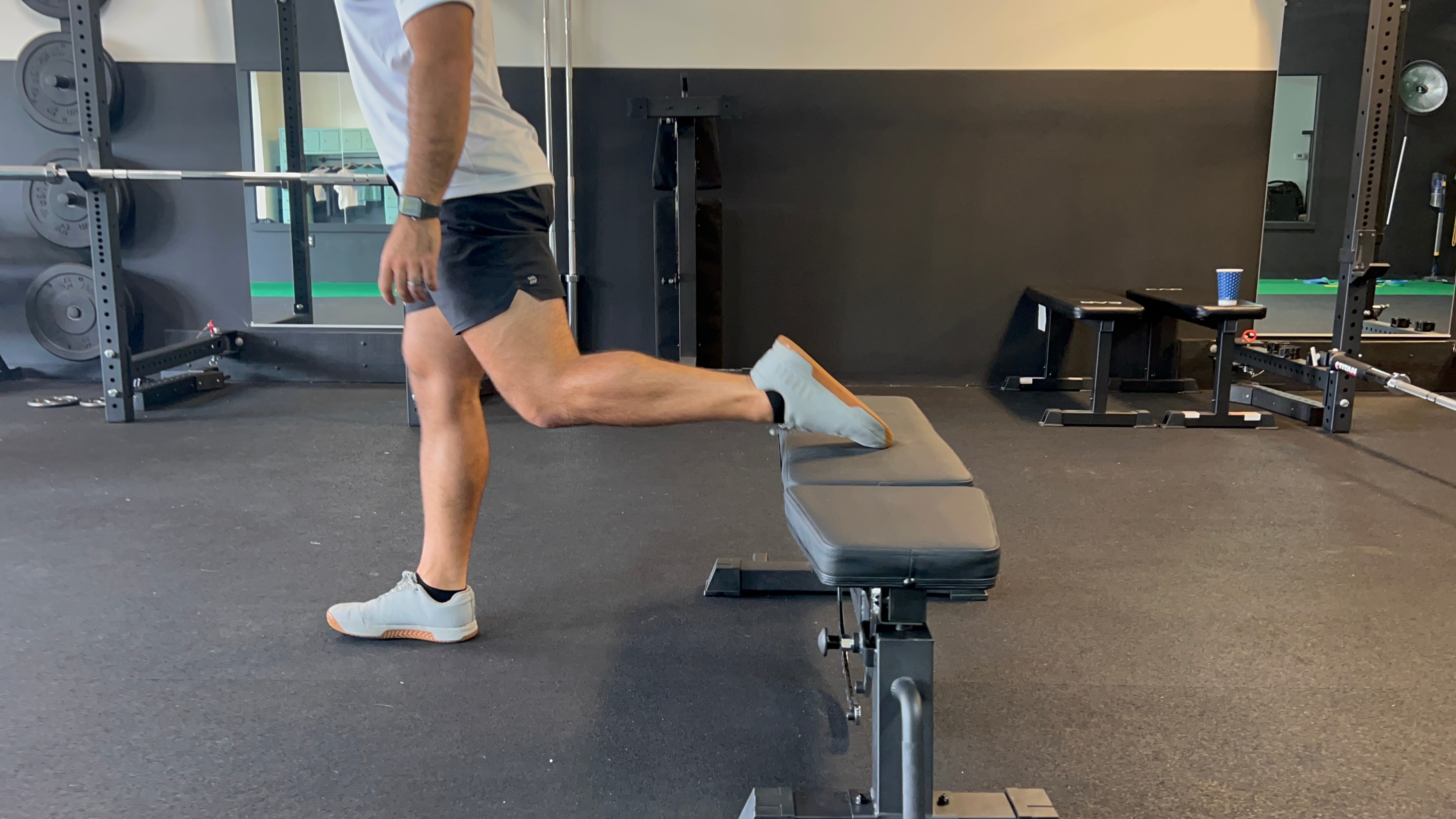
To emphasize the glutes and hamstrings, you’ll want to move your front foot further away from your body’s center of mass. This positioning keeps your front shin relatively vertical throughout the movement, which has a significant impact on how your body engages its muscles.
Why It Works: When the shin is vertical, the internal moment arm at the hip lengthens, and the one at the knee shortens. This shift increases the challenge at the hip joint, making the exercise more glute and hamstring-dominant.
How to Do It: Set up in a split squat position with your rear foot elevated and your front foot further away from your body. As you lower into the squat, focus on keeping your shin vertical and driving through your heel as you stand.
Quad-Dominant Rear Foot Elevated Split Squat
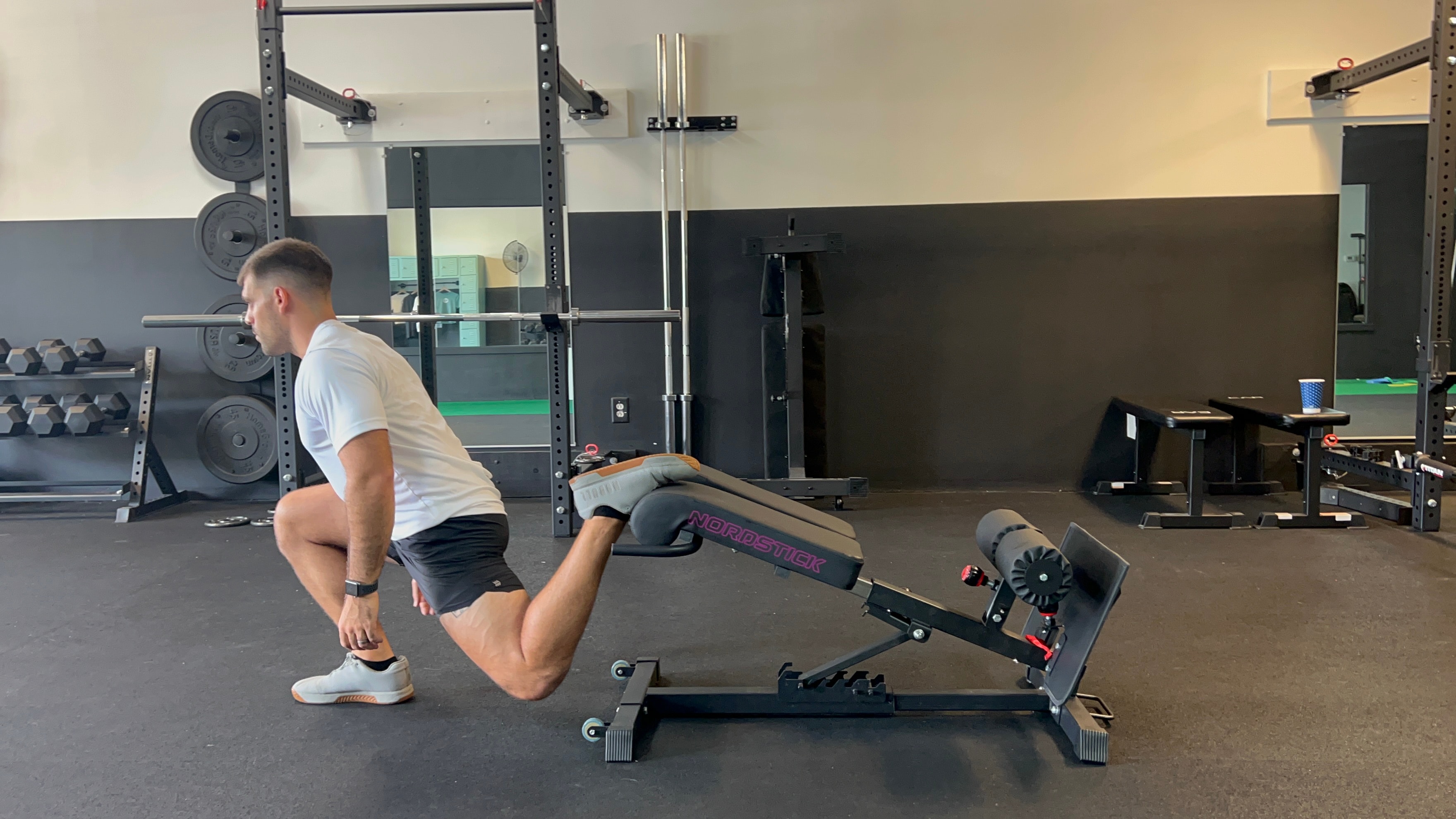
To shift the focus to your quads, bring your front foot closer to your body’s center of mass. Allow your knee to track forward, toward your toes, as you descend into the squat. This adjustment changes the internal forces acting on your knee and hip, placing more load on the quads.
Why It Works: Bringing your foot closer increases the internal moment arm at the knee and shortens it at the hip, creating a disproportionate disadvantage for the quads. This causes them to work harder and fatigue faster, making this variation highly effective for quad strengthening.
How to Do It: Set up with your rear foot elevated and your front foot closer to your body. Lower into the squat, allowing your knee to move forward over your toes and push through your entire foot to stand up.
Maximizing Your Training Benefits
Incorporating both foot positions into your training allows you to target different muscle groups and unlock greater overall benefits from this exercise. Whether you want to focus on the glutes and hamstrings or prioritize quad development, you have the power to adjust the movement to suit your needs.
Hip-Dominant Focus: Use this variation to build stronger glutes and hamstrings, especially if these muscles are a weak point or if you’re looking to enhance your posterior chain strength.
Quad-Dominant Focus: Perfect for developing stronger quads, this variation helps improve knee stability and strength, which can be particularly beneficial for sports and activities involving running, jumping, and squatting.
Final Thoughts
Understanding how to manipulate foot positioning in the Rear Foot Elevated Split Squat gives you the flexibility to customize your training and better target specific muscle groups. Incorporate both variations into your routine to address imbalances, enhance strength, and improve overall performance. Try these adjustments and feel the difference in your next workout!
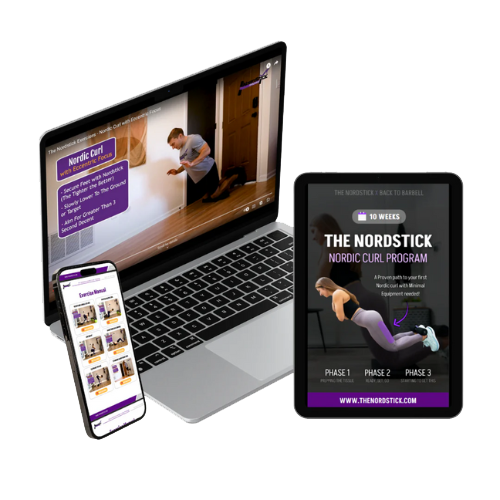


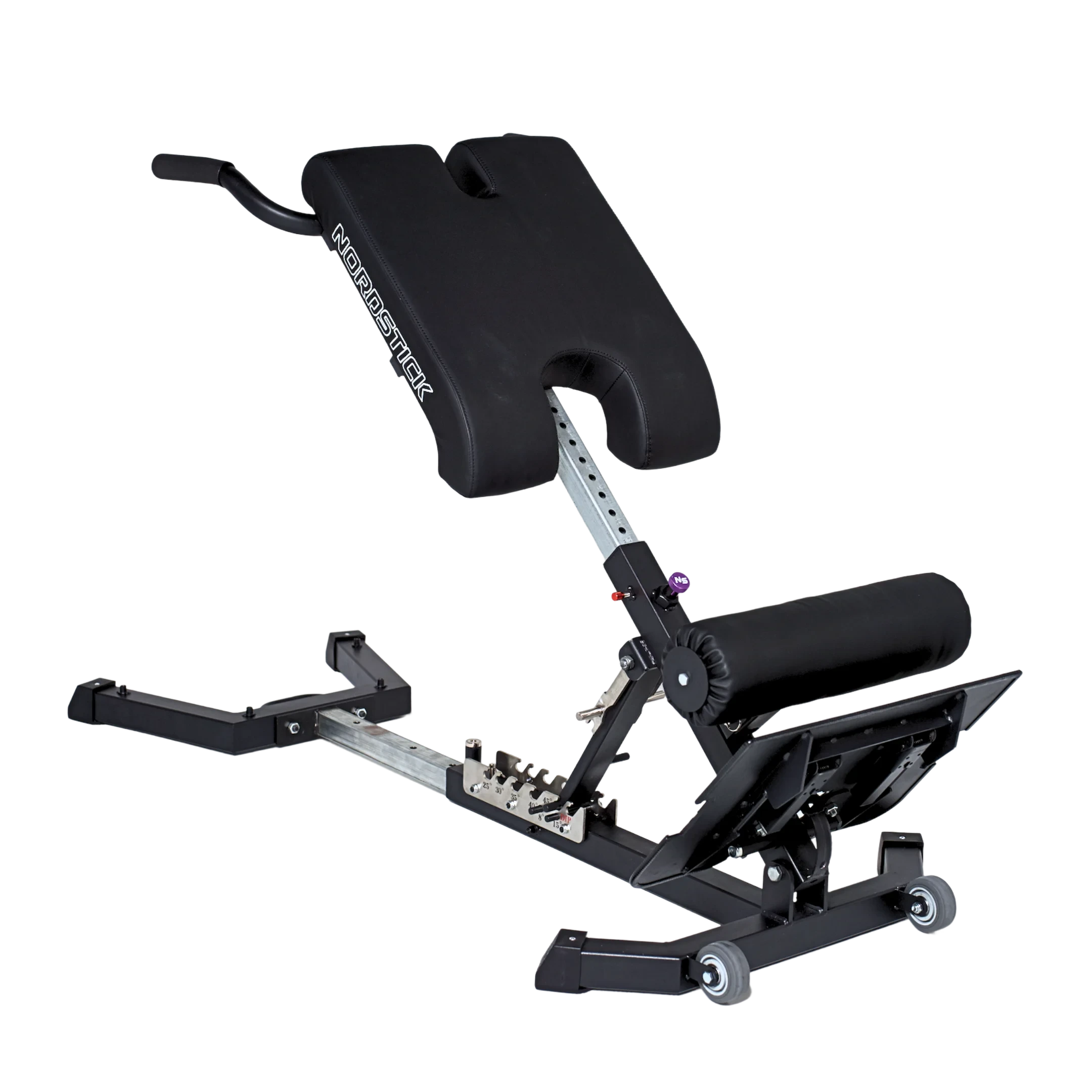
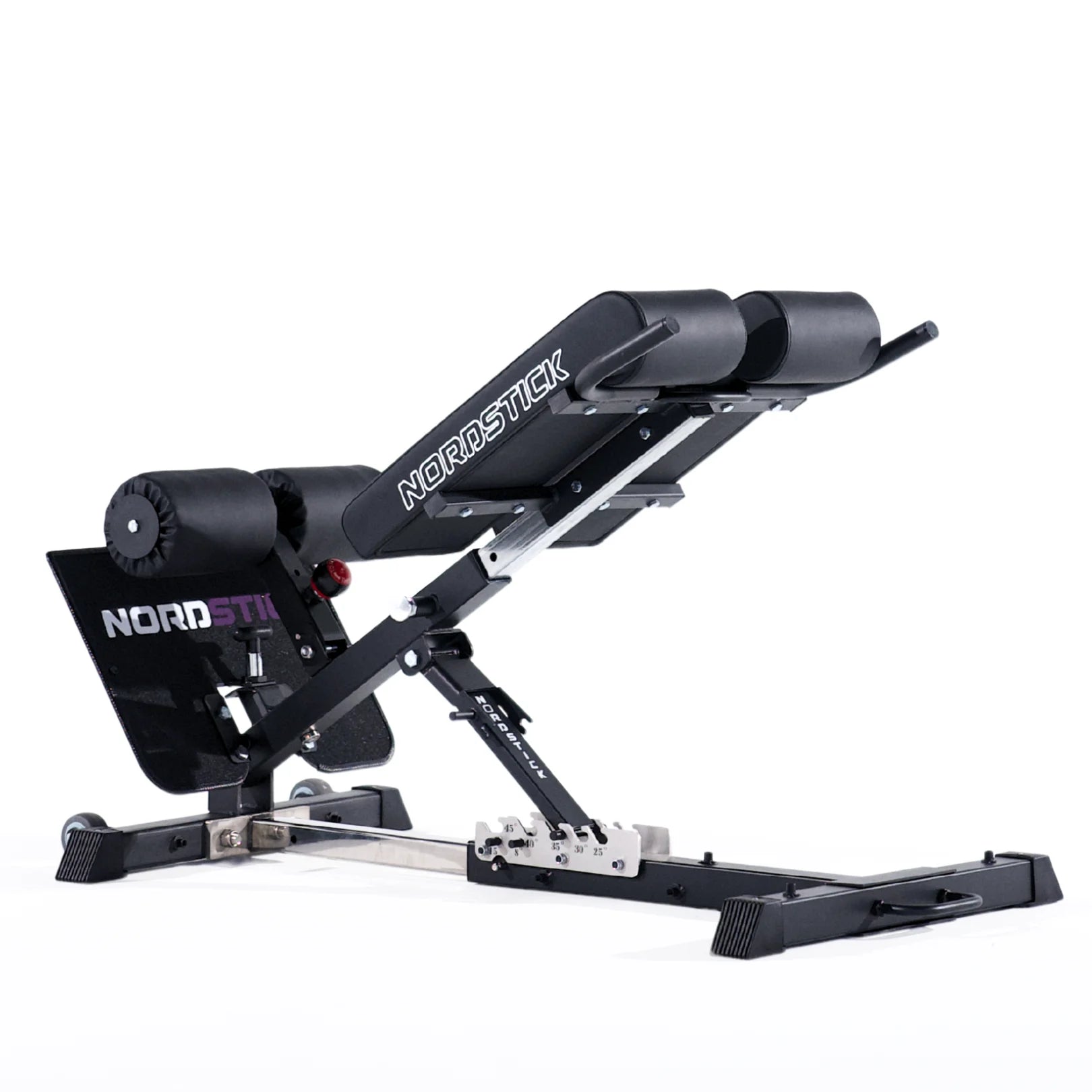





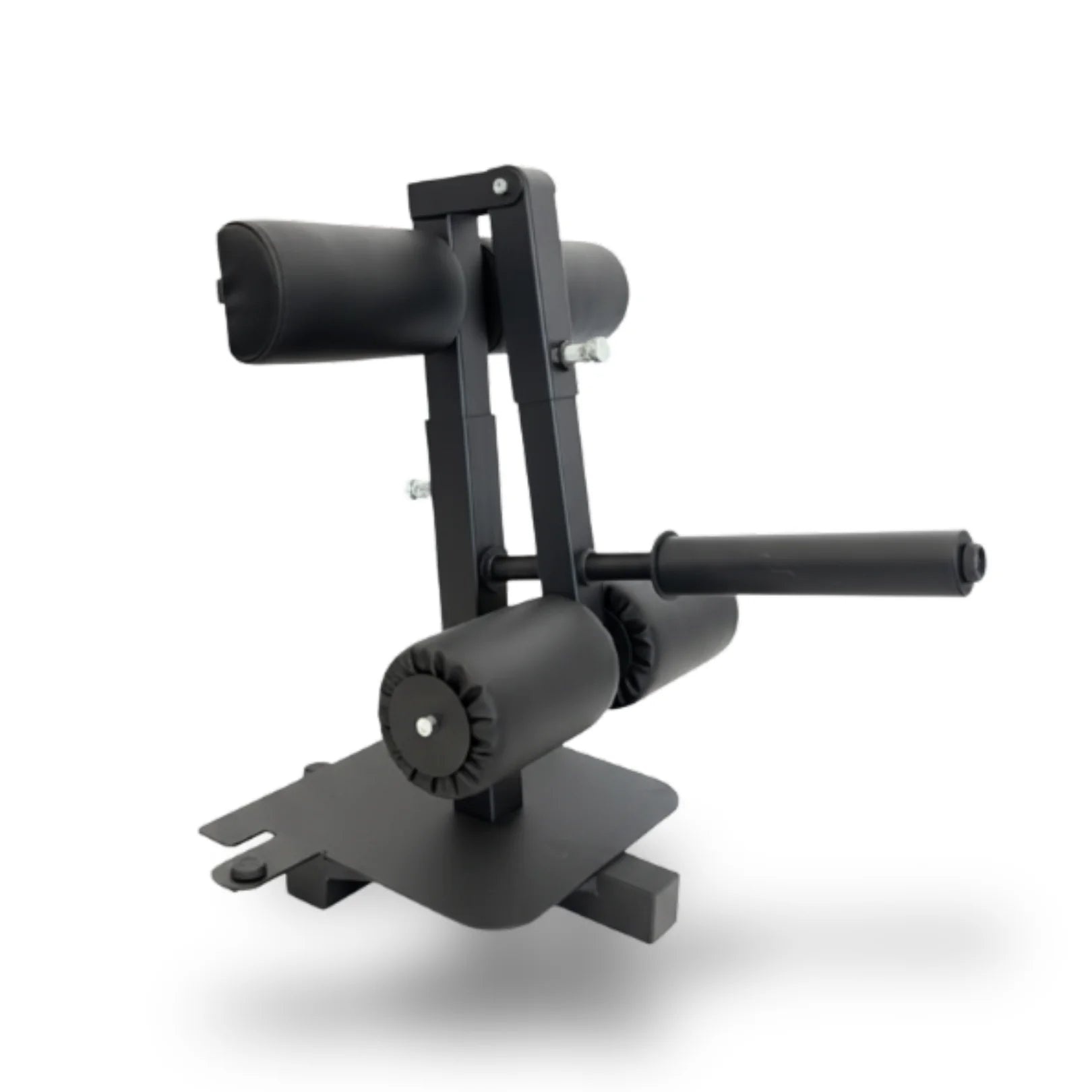
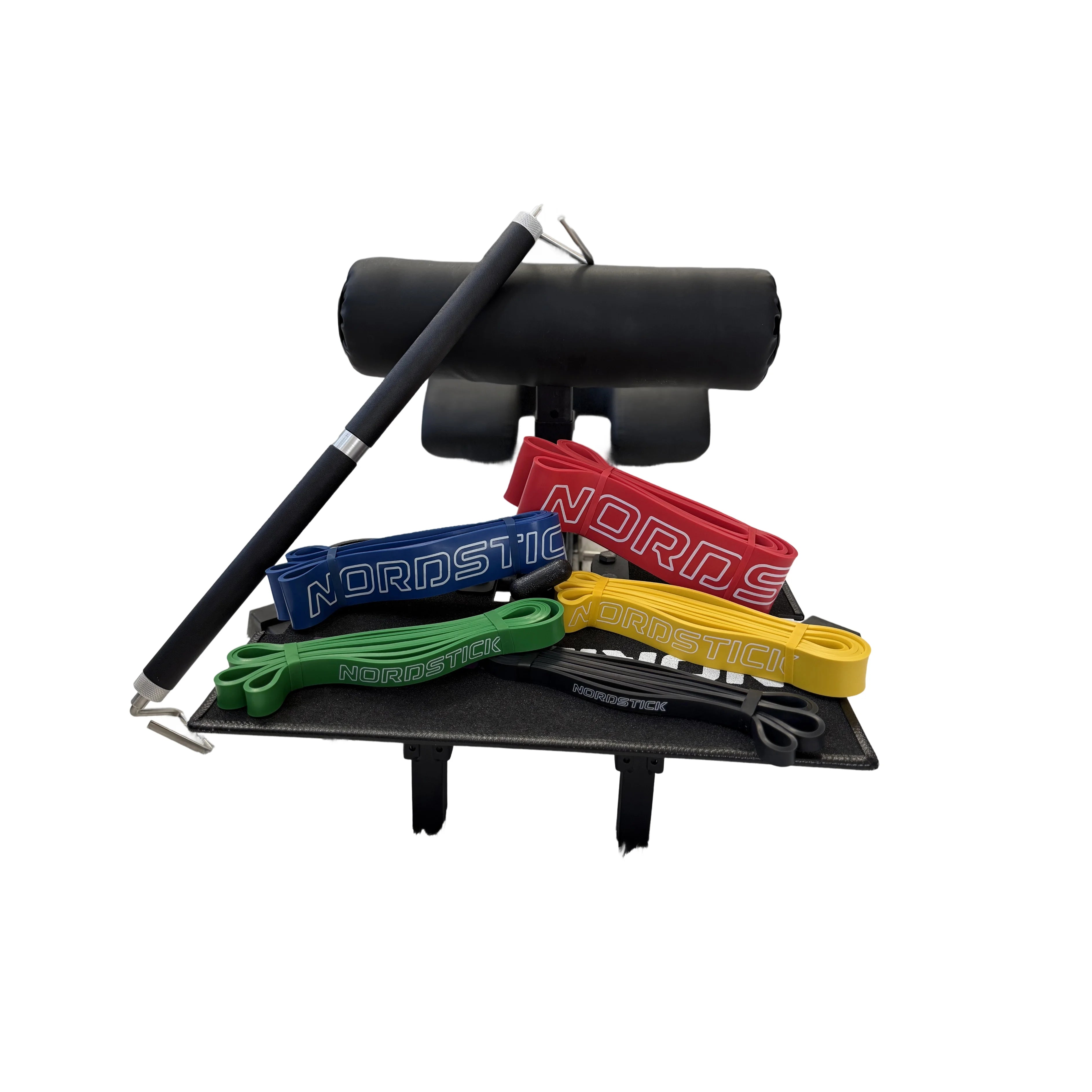
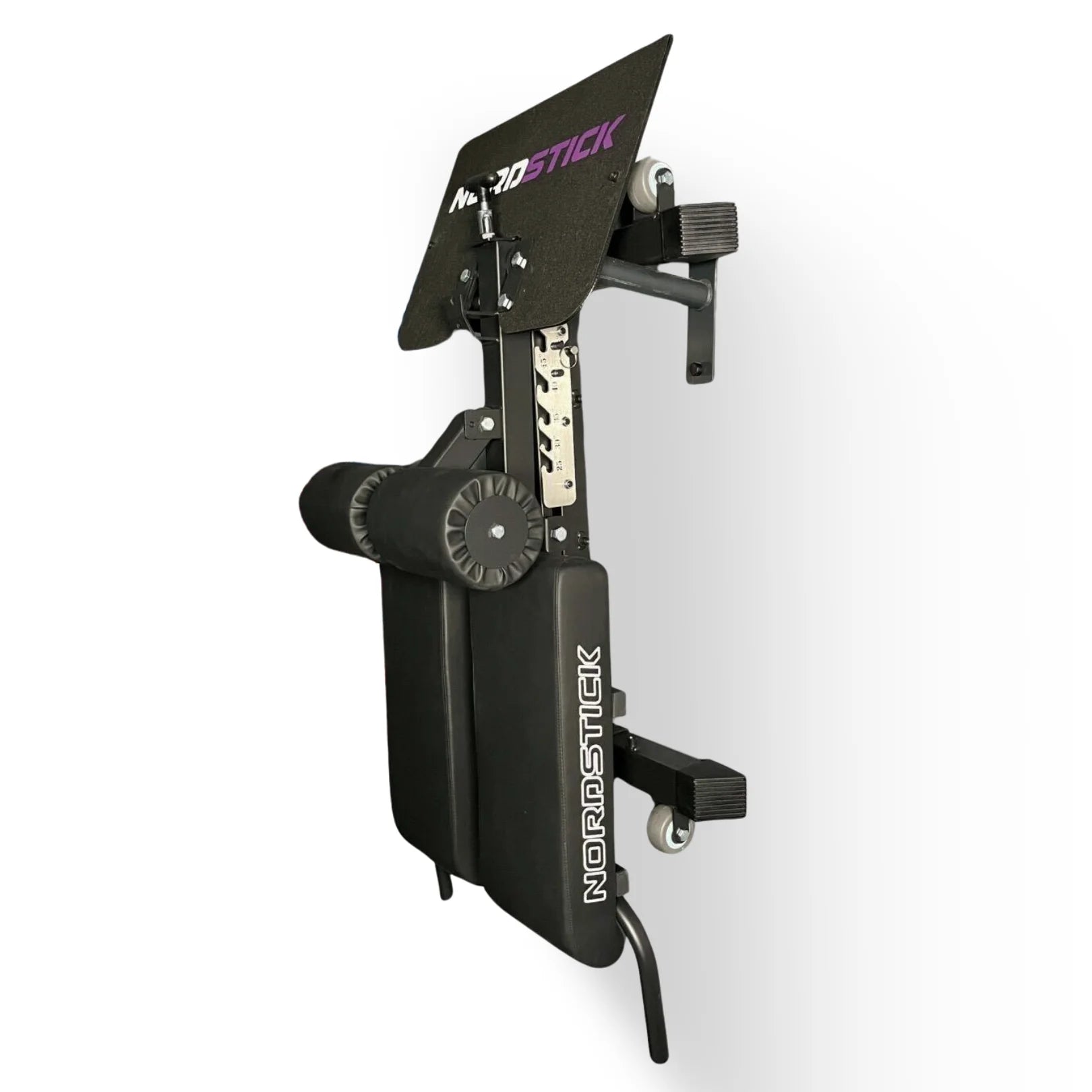
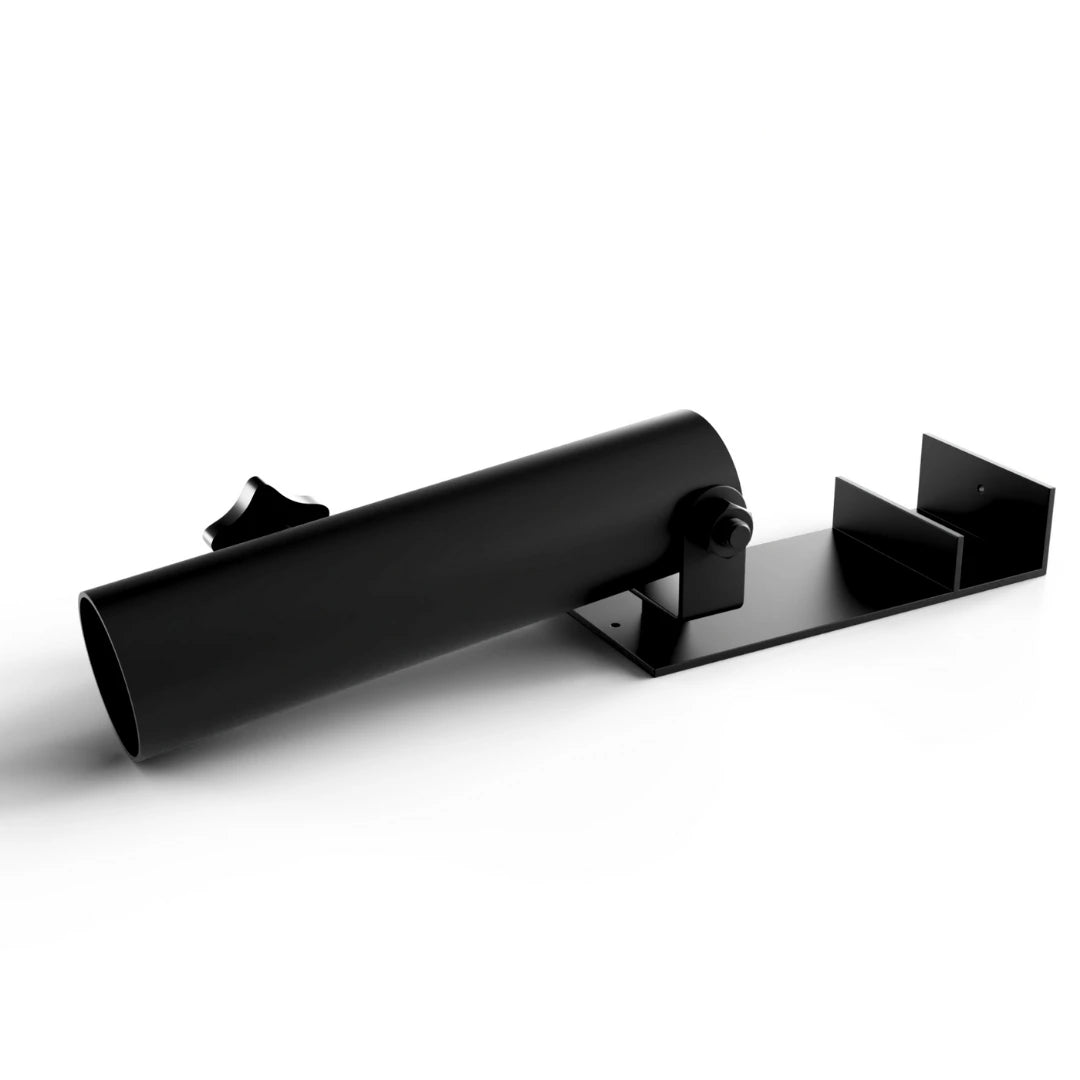
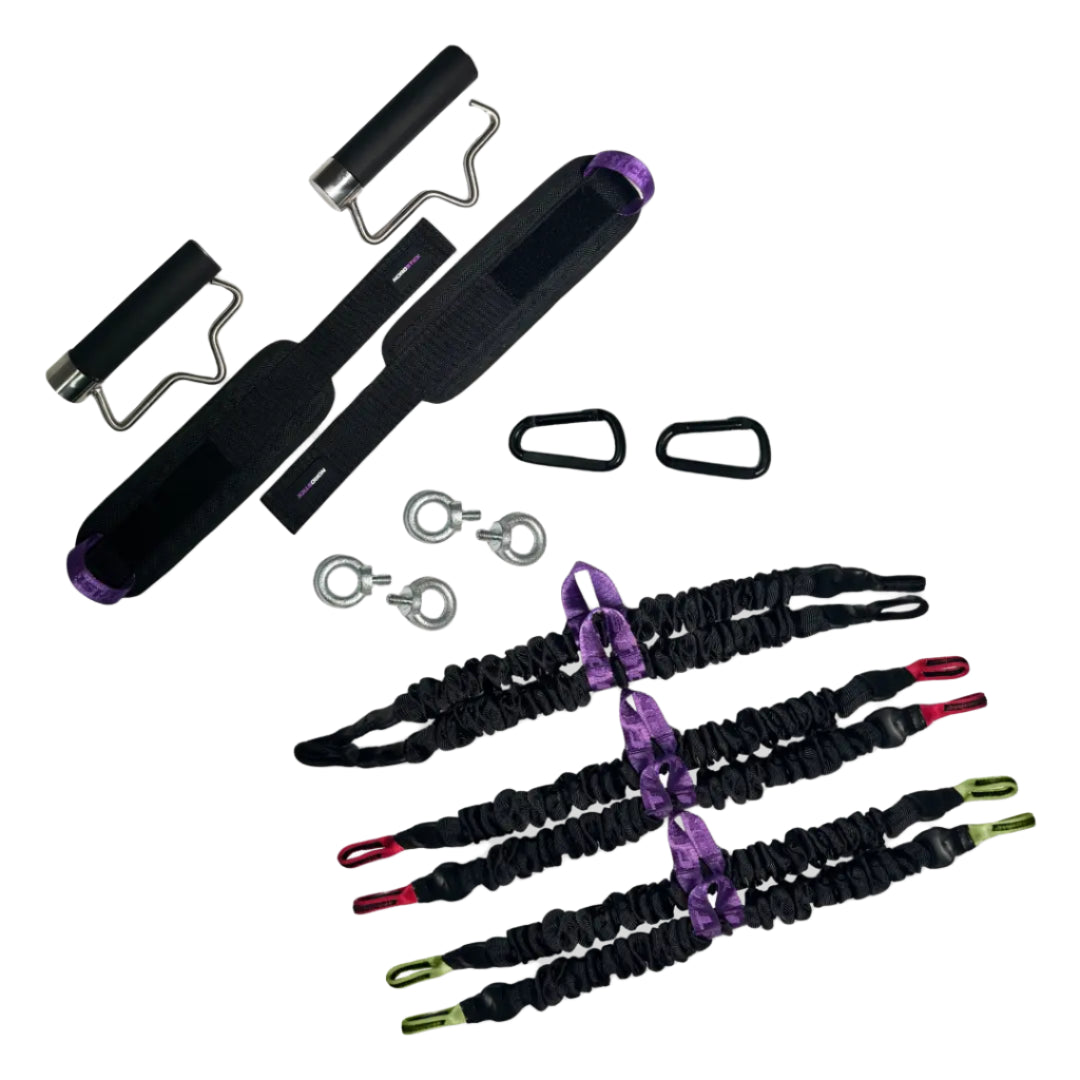
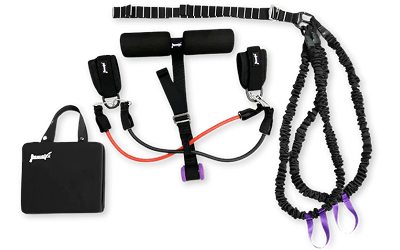
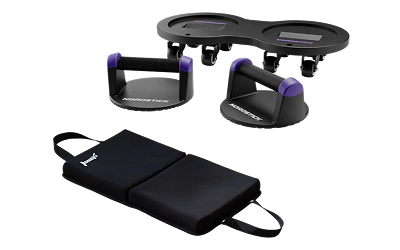
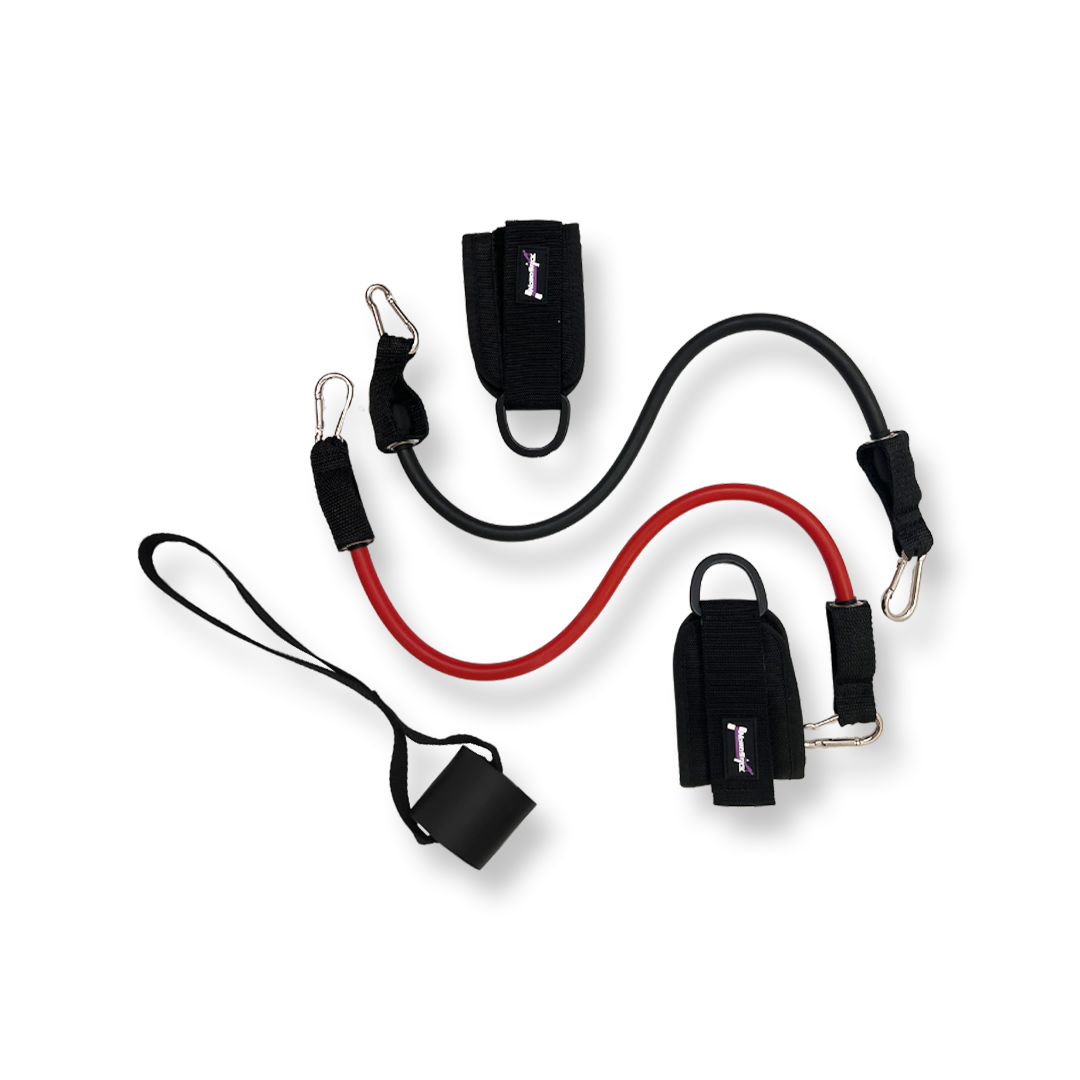
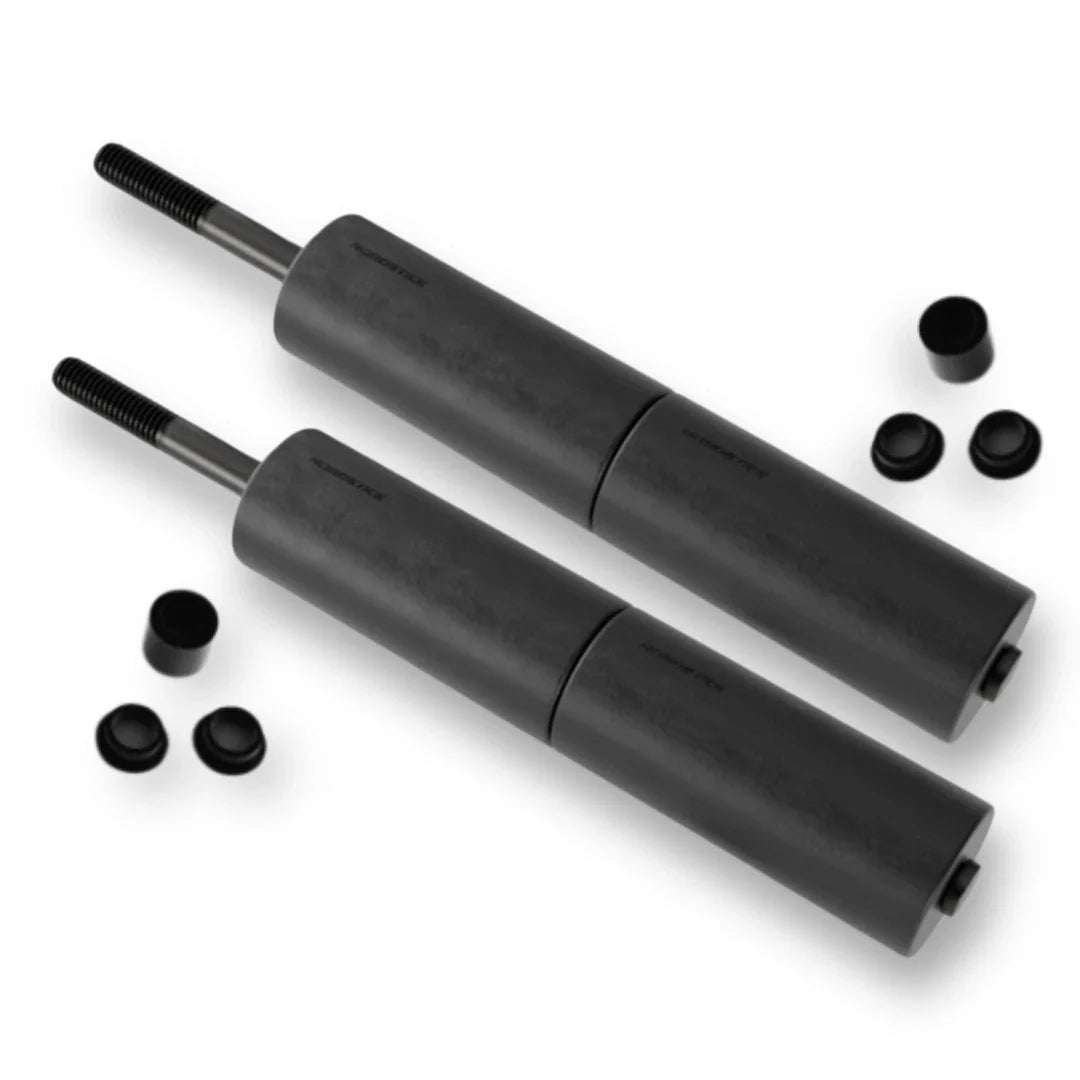
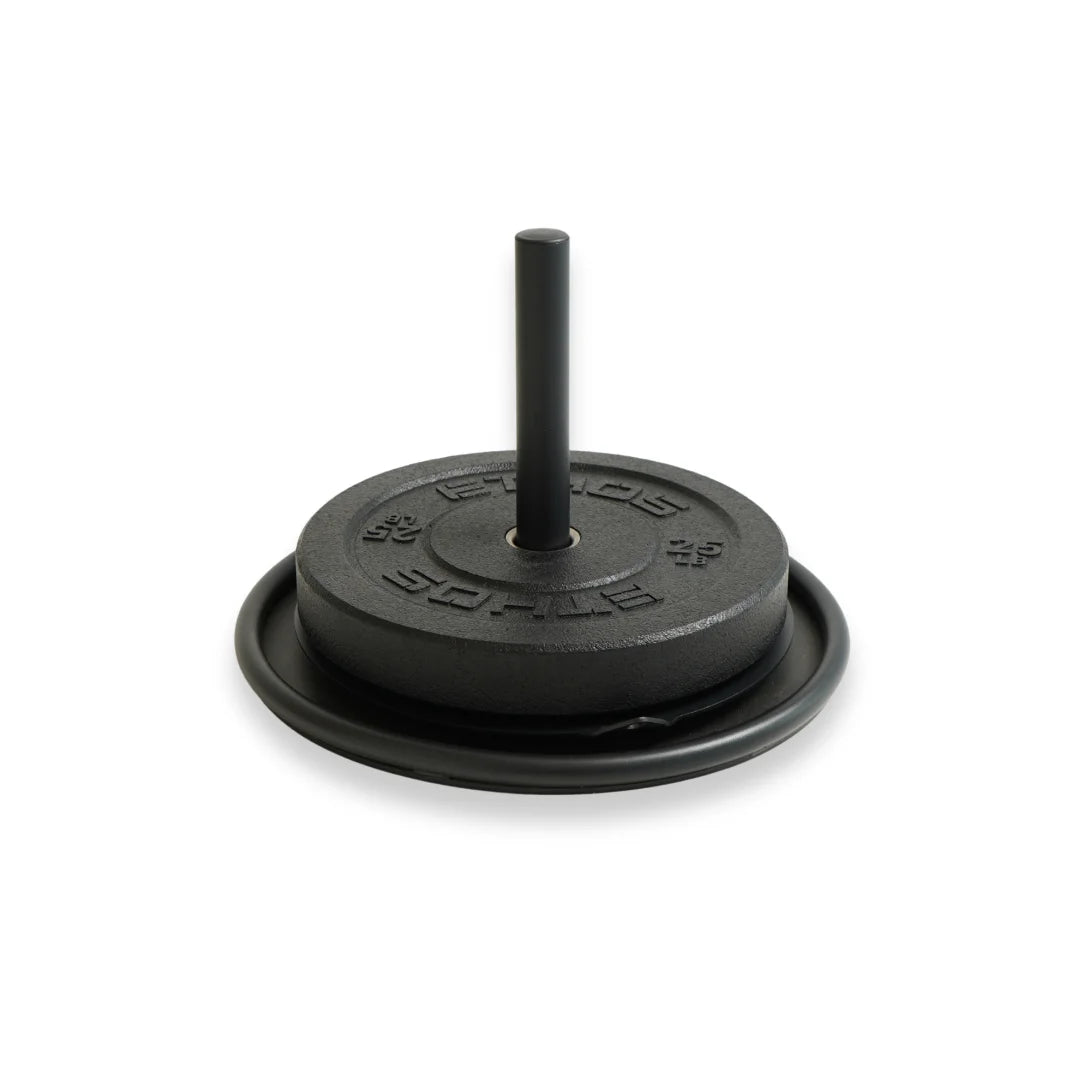
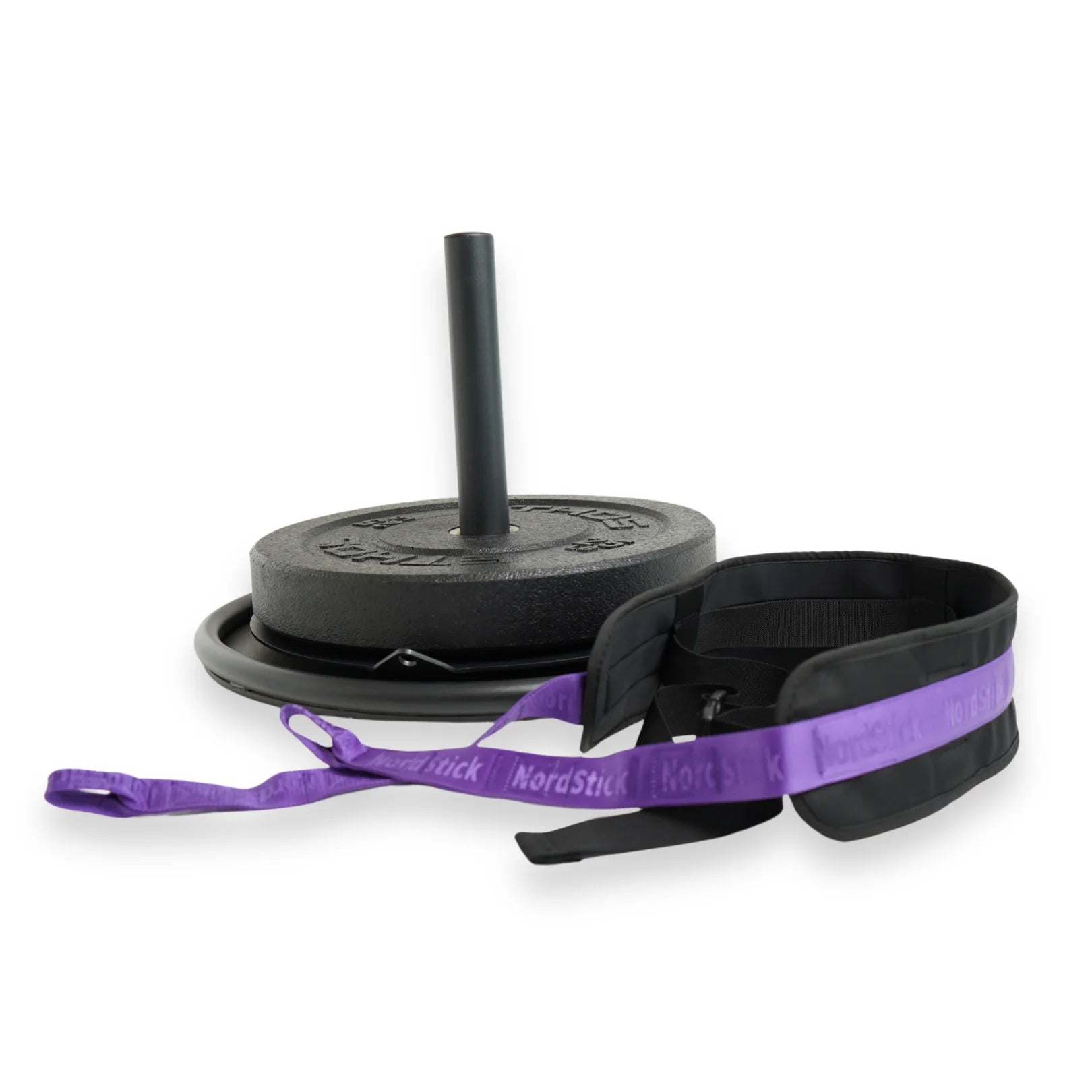
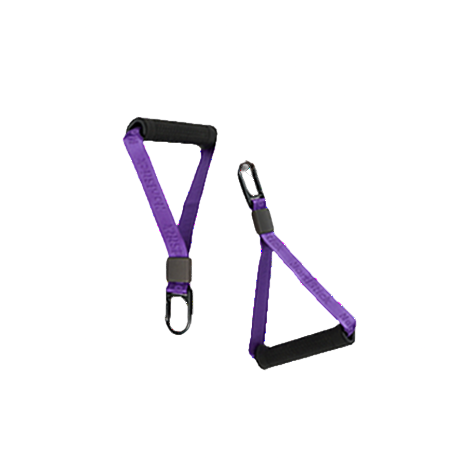
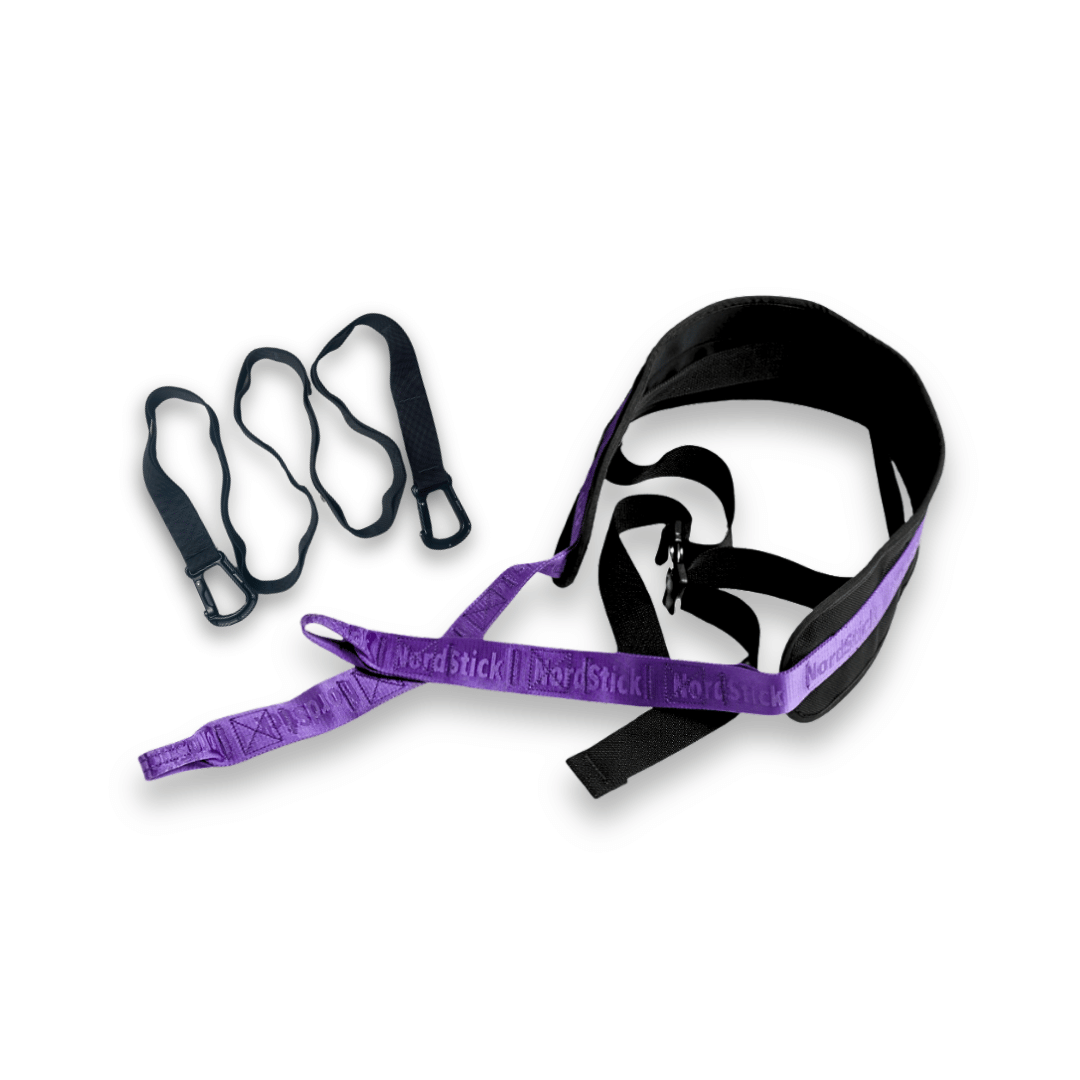
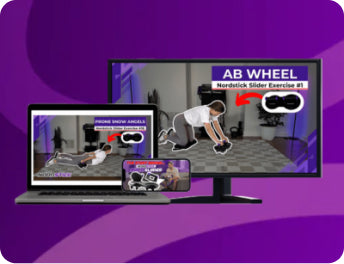

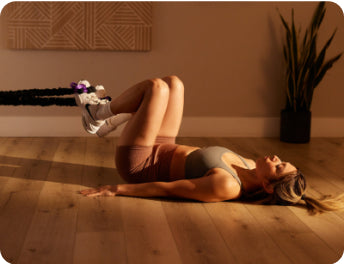
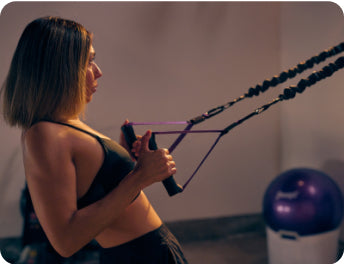


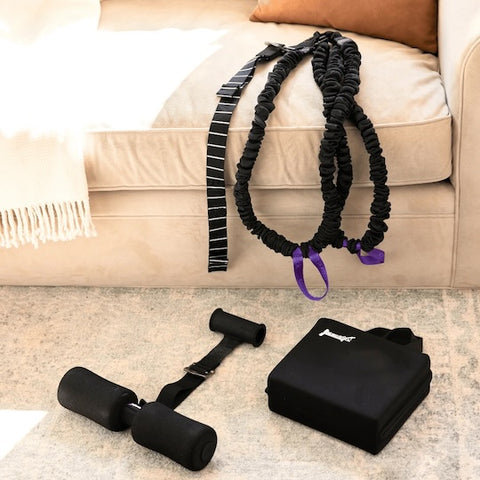

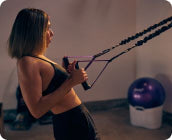
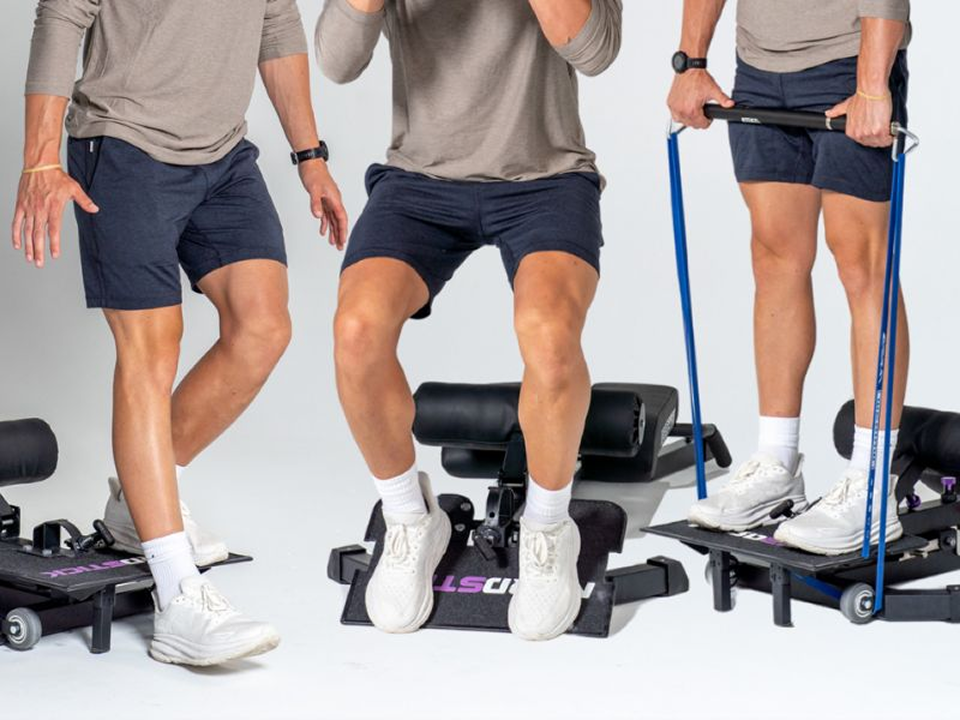
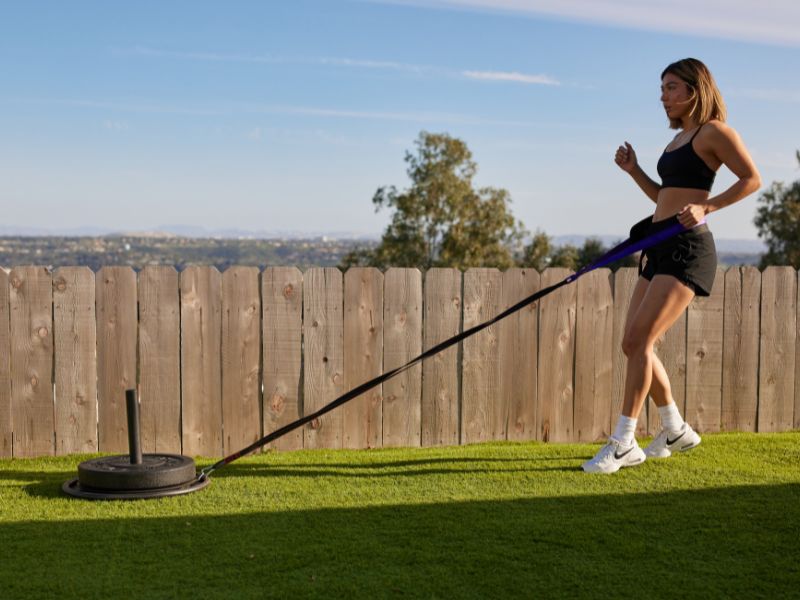

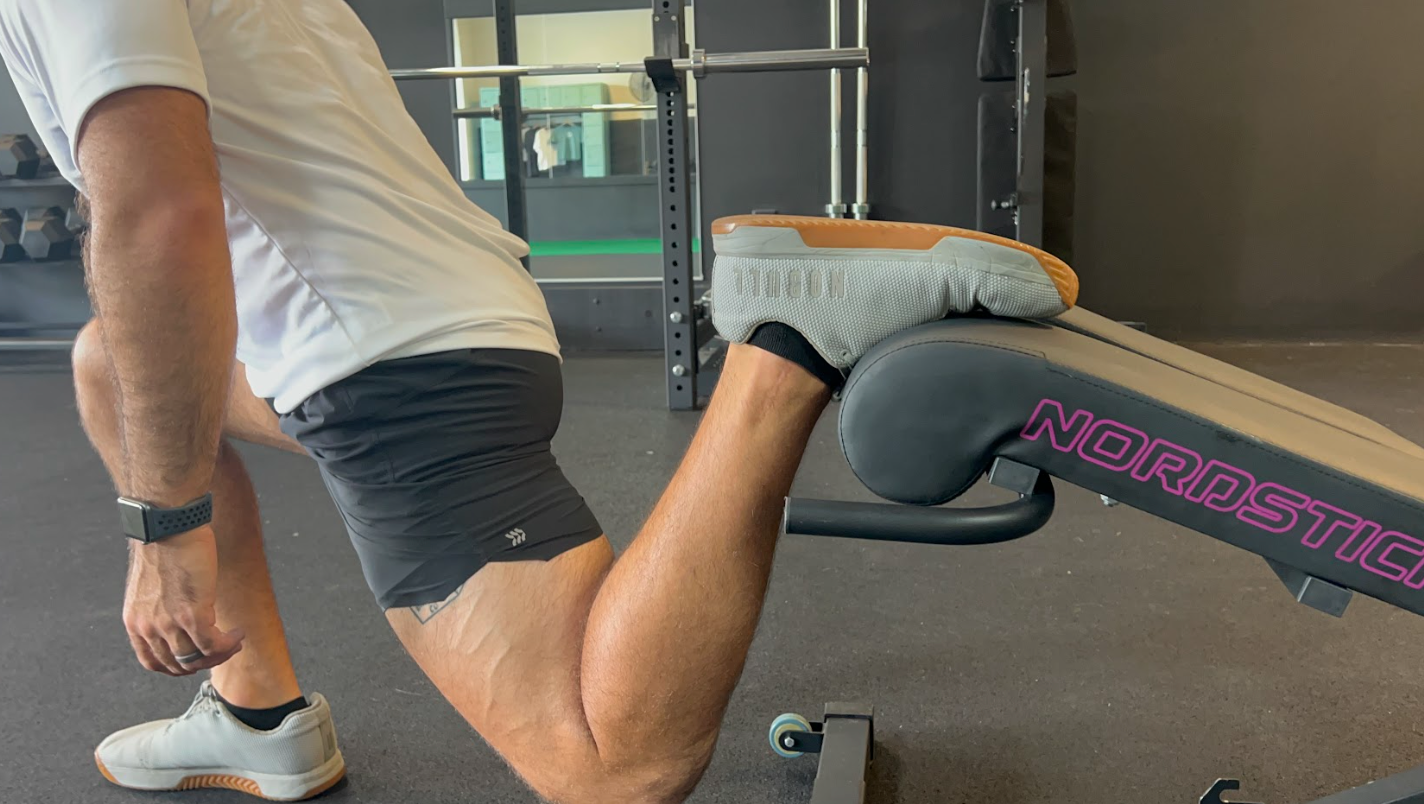

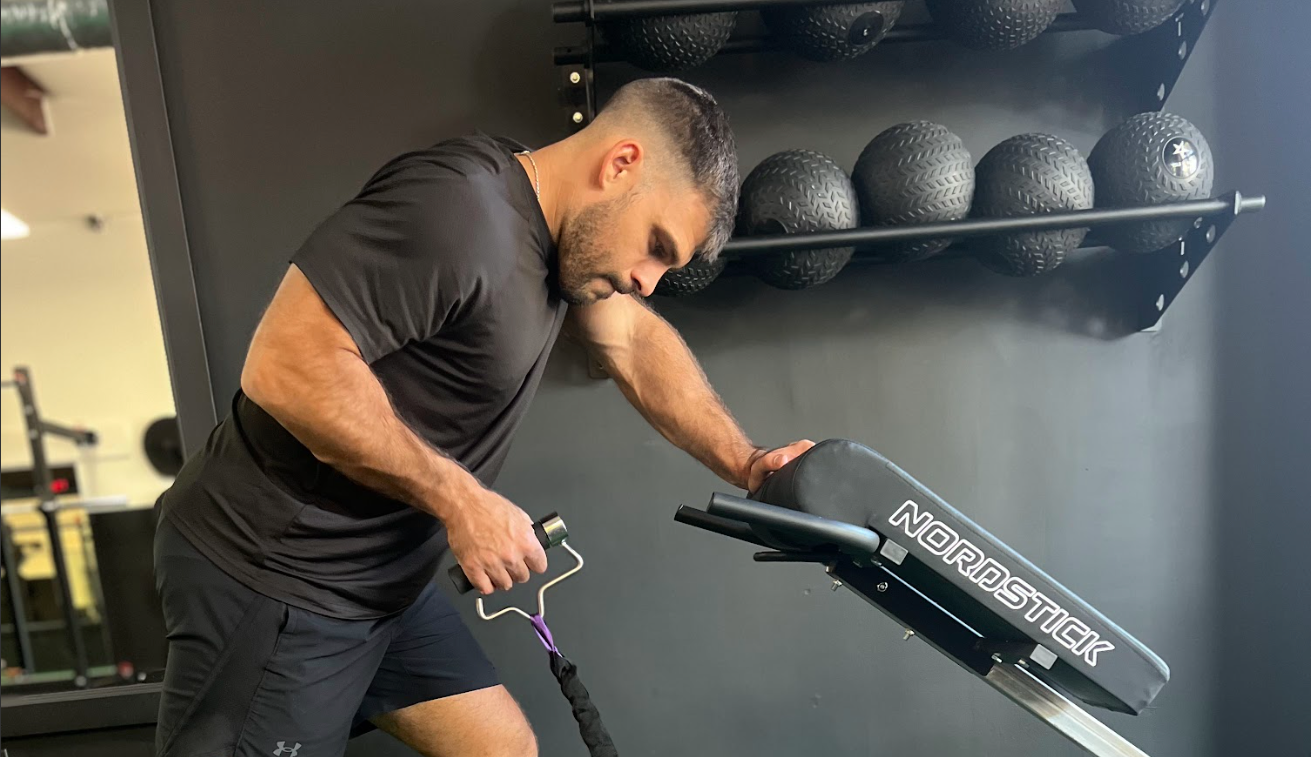



Leave a comment
This site is protected by hCaptcha and the hCaptcha Privacy Policy and Terms of Service apply.